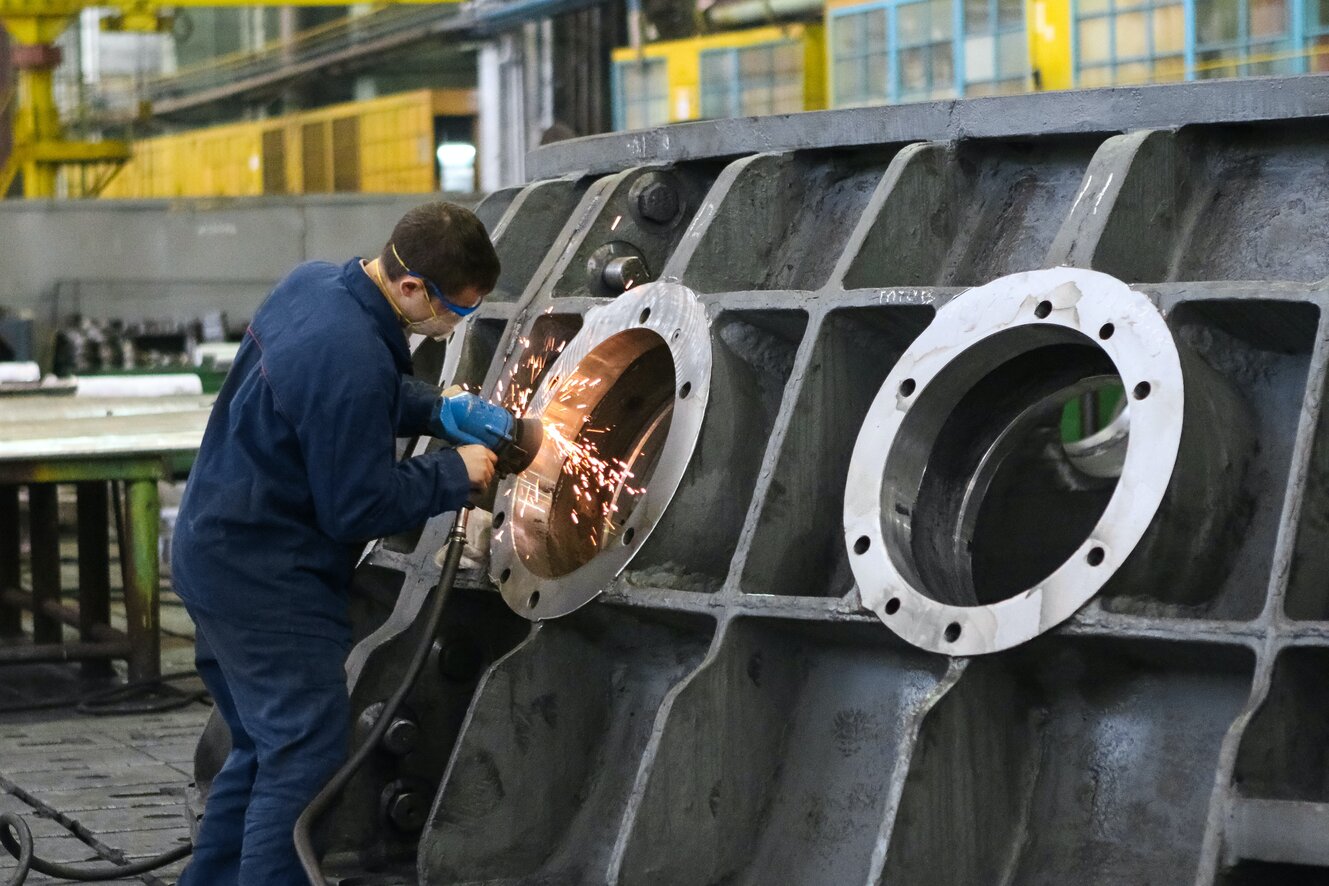
Concrete remains a popular material in the construction industry thanks to its excellent properties. However, to use this material, the contractor must get formwork before pouring the concrete. This formwork or mold holds the concrete in place until it hardens and can be self-supporting.

A contractor must choose the appropriate Doka Formwork for the project to be completed. When doing so, they consider the material used, the element supported, and whether the formwork is temporary or permanent. The contractor must choose a mold that can bear the loads when they cast the concrete and hold this material in place until it reaches the necessary level of hardness.
Formwork Requirements
When choosing formwork, contractors need to select a mold that can withstand both live and dead loads while retaining its shape. The contractor may use props and braces to help the form keep its shape. Every joint in the mold must be leakproof as well.
The material of the formwork must be lightweight and reusable. It cannot be prone to warping or distortion, and any temporary formwork must not damage the concrete when the contractor removes it.
The Role of the Concrete When Choosing Formwork
As a contractor goes to choose formwork, they need to know which concrete they will use and its pouring temperature. These factors affect the pressure exerted on the formwork, and the material chosen needs to withstand the weight of the concrete when wet and dry. The contractor needs structures to keep the formwork in place during the construction process, and contractors refer to these structures as falsework. Furthermore, the contractor must use qualified workers to protect the quality of the project. What materials might a contractor choose for this formwork?
Removable Formwork Material Options
Timber remains a popular formwork material, as the crew can assemble the mold on-site. This material remains flexible and is easy to install and remove. The material doesn’t weigh much, and the contractor can form it to meet the specifications of the project. However, the timber must remain free of termites and is only appropriate for short-term projects because it doesn’t hold up. Nevertheless, contractors find it ideal for certain projects thanks to the low labor costs and the flexibility it offers for complex portions of a project. Contractors often use plywood with timber, as it is durable and strong. The contractor can choose from different sizes and thicknesses.
Steel formwork comes with a long service life, and contractors can reuse it for future projects. Aluminum, however, is lighter. It does lack the strength of steel, and contractors must consider this when making their choice. Either option leaves a smooth finish on the concrete surface, and crews find it easy to install and dismantle metal formwork. Contractors often choose this option for curved structures.
Plastic formwork serves as another option, and contractors choose from interlocking panels and modular systems. They prefer this type of formwork for repetitive tasks in small projects, as they can clean the form with water and the plastic formwork weighs little. Nevertheless, it lacks flexibility.
Flexible formwork made from fabric weighs little. Contractors appreciate having access to this option, as it requires less concrete and can be used to create unusual architectural forms. This saves the contractor money while allowing them to fulfill a client’s vision.
Permanent Formwork Options
In certain situations, the formwork remains in place upon completion of the project to provide shear and axial reinforcement. Prefabricated plastic forms reinforced with fiber make up the formwork, which protects against environmental damage. Contractors may also use coffers as permanent formwork. Filtering grids reinforced with stiffeners make up the coffer, which is linked to other coffers with the help of articulated connectors. Manufacturers make this formwork in a factory and move it to the job site.
Permanent insulted formwork benefits many projects. This formwork increases the efficiency and sustainability of the structure. Many contractors use insulating concrete forms which use polystyrene boards to insulate the concrete.
Consider all formwork options for your project. The right material depends on the project being carried out. Speak with the formwork provider to learn which option is best for your needs.
Zombie maven. Musicaholic. Friendly student. Unapologetic organizer. Hipster-friendly internet geek.








